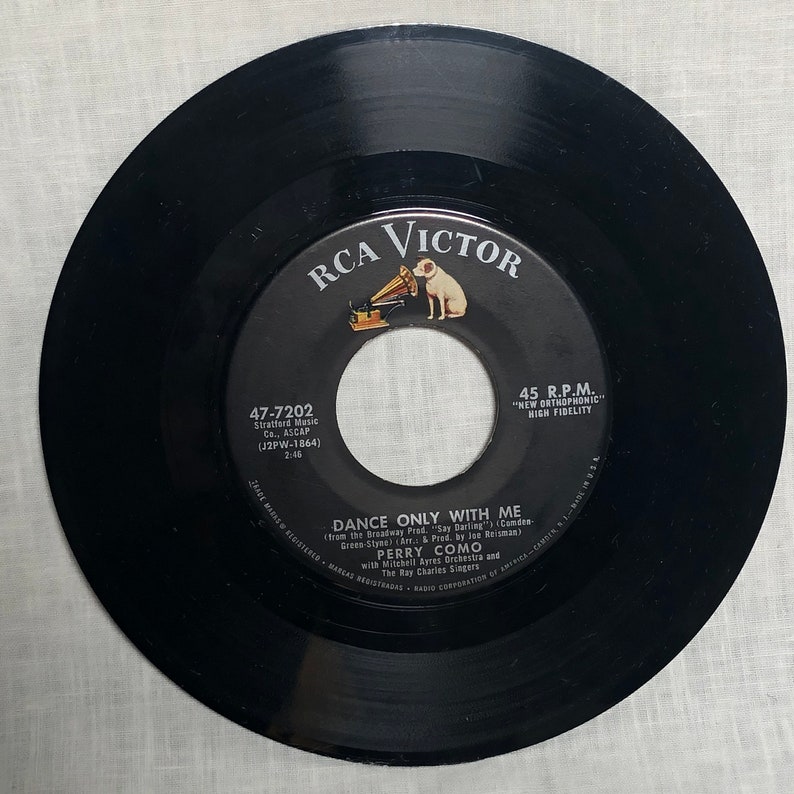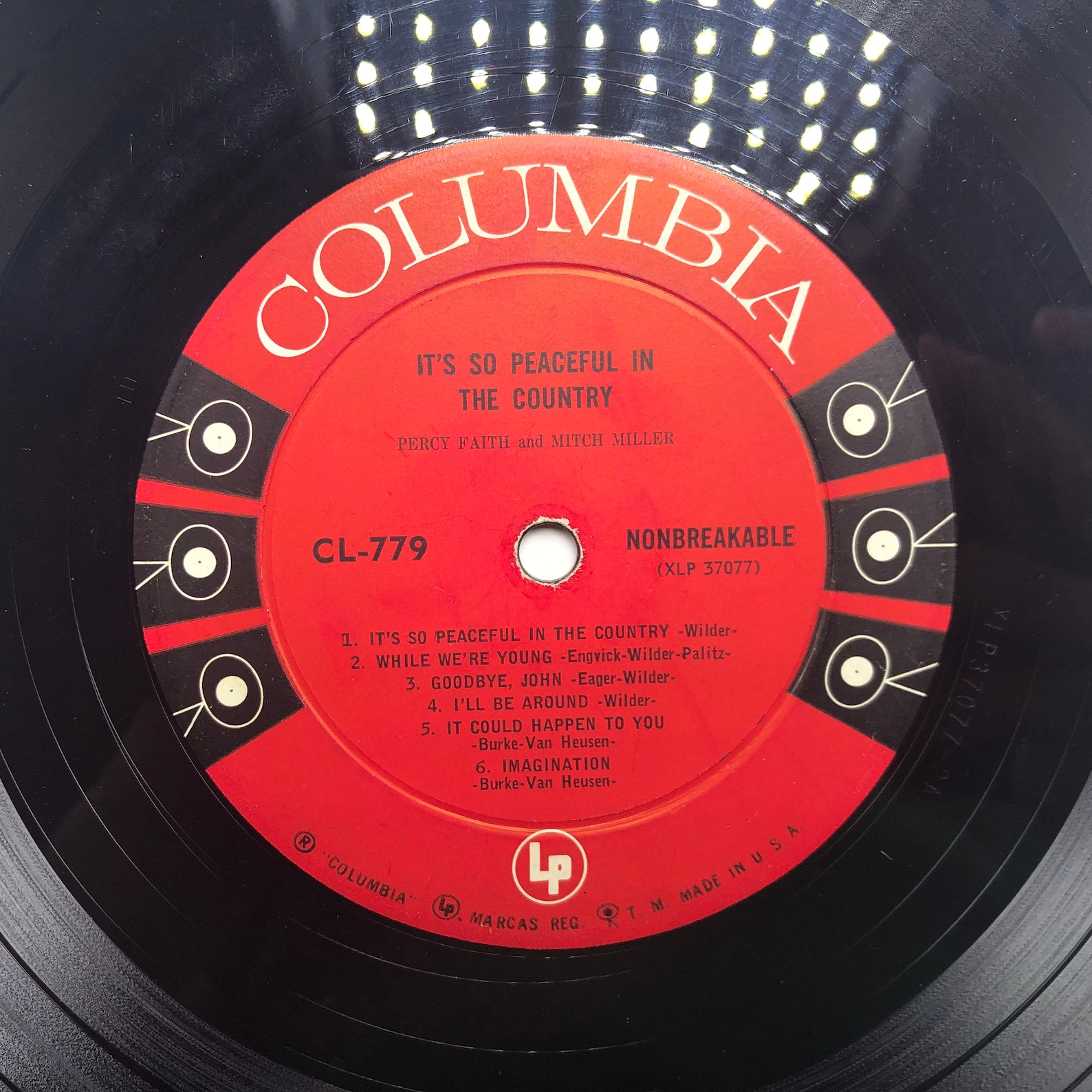

These came with some benefits including lower production costs. This allowed for the production of smaller records to be played at 33 RPM. 33 1/3 RPMĭuring the early 20th century, when 78 RPM had become the standard, technology had advanced enough to print audio information of smaller records without the loss of fidelity. In 1925 this became the official standard. Peak performances were demonstrated to be at 78.26 RPM which led to 78 RPM becaming the norm during this time. This was quite succesful and led more audio manufacturers creating record players. This played records between 70 RPM and 80 RPM. Because of this the used RPM would vary, but it was cranked at around 80RPM.Īfter this came the electric motor record player, invented by Emile Berliner in 1888. This early record player worked off of a hand crank. In 1877 the first record play speed was based on the first phonograph invented by Thomas Edison. I’ve added a simple table for this in the comparison section too. If you’re interested in the max playtime of a record you can determine it by its size and RPM. I really just consider these wildcards when it comes to play speed. I should probably also mention 10-inch records. Most of the time, there’s a good reason for going with one or the other, but I’ll get into that during the comparison section of this article. Most 7-inch records will play at 45 RPM, but not all of them. What I mean with that is that Most full-size 12-inch records are made for 33 RPM, but 12-inch EPs, singles and some other 12-inch variations will actually play at 45 RPM. but it’s not as decisive as you might think.

There is quite a good correlation between record size and play speed. So you’ll mainly find records made for 33 RPM or 45 RPM. Now, 78 RPM is very rare these days, but we’ll quickly cover why that is in the History of Vinyl Record Speeds section of this article. The three commonly recognized speeds are 33 1/3 RPM, 45 RPM, and finally 78 RPM. The pressings of a vinyl record are designed around this rotational speed.
#7 inch single record 33 rpm full#
What this essentially means is how many times the platter on a turntable rotates a full circle each minute. RPM is an abbreviation for Revolutions Per Minute. If you’re short on time, you can only read the conclusion and you’ll walk away the most important bits of this article. So finally I’ll conclude all the previous sections in the conclusion to give a clear final answer. Then I’ll show some statistics of data I’ve gathered and share an expert’s opionion on the subject to provide some more context and validation for the conlcusion that comes afterwards. I’ll take record sizes and usability in consideration in this part too. Here I’ll look at the benefits and downsides of both. In the next part I’ll actually compare 33 RPM and 45 RPM records. The core of this article comes after this. Again, if you’re not interested in this you can just skip it. This is really just to give some extra context to me and you. I’ve added this just in case someone needed to quickly be brought up-to-speed.Īfter that I’ll quickly go over the history of vinyl record speeds. If you’re already familiar with this you can just skip that section. I’ll start with a brief explanation of what RPM is. Now that I’ve gotten that out of the way, I’ll quickly cover the topics I discuss in this article. Something I’d like to add, before I get into it, is when I refer to 33 RPM I’m actually referring to 33 1/3 RPM. So I decided to write an article about it. During my research on this, I found some significant differences that I found to be very interesting. And not your answer.I’ve known the basic difference between turntable rotational speeds for a while now, but lately I’ve been wondering whether or not the assumptions I made were actually true or not. So that means the image of be over P is equal to is equal to yeah answer is equal to five, negative one. Okay, so the conclusion that's gonna give us five and negative one.
#7 inch single record 33 rpm plus#
So now we we have to calculate be prime, so be prime is going to be equal to one plus four And 2 -3. And 06 -2/2 is equal to It's going to be equal to one over to. So first let's write down four miles of p equals 4 -2 over two. So Now we need to calculate the midpoint. So our first given is that A is equal to four and six? Our second given is that he is that P is equal to negative two negative two. So first let's write down our givens problems so oops, so it was too dark. So first what we're going to need to do is set up this equation. Is four and y is six over P is negative 22.

Okay, so in this problem we're gonna have to do so in a circle whose center is at t the image of A is equal to four and six.


 0 kommentar(er)
0 kommentar(er)
